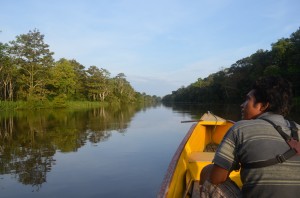
These comments are submitted to the United States Patent and Trademark Office (PTO) in response to its May 27, 1999 Federal Register notice (64 Fed. Reg. 28803) requesting input from the public on the PTO’s procedures and practices for identifying prior art during the examination of a patent application.
As explained in Part I below, traditional and informal knowledge developed and maintained by indigenous and local communities is a significant “prior art” resource for innovation, particularly in pharmaceutical and other technologies based upon biological diversity and biological resources. As Part II discusses, such prior art is relevant in determining whether patent applications in such fields of technology meet not only the statutory bar tests for printed publications, patents and known use provided by subsections 102 (a) and (b) of the Patent Act,15 U.S.C. § 102, but also the test of subsection (f), for situations in which the applicant is not the inventor.
Part III explains how the PTO’s current approach leads to problems in identifying such prior art, and in ensuring that the statutory bar is properly applied. Part IV recommends improvements that the PTO could make to procedures and practices within the framework of existing law. These changes would
significantly enhance the ability of patent examiners to assemble and review the prior art relevant to an application. At the same time, they would enhance recognition of the contributions of indigenous peoples and non-Western cultures to universal knowledge, enhance incentives for the conservation of traditional knowledge systems and associated biodiversity, and encourage equitable sharing of benefits between the users of traditional knowledge and those who have created and maintained it.
